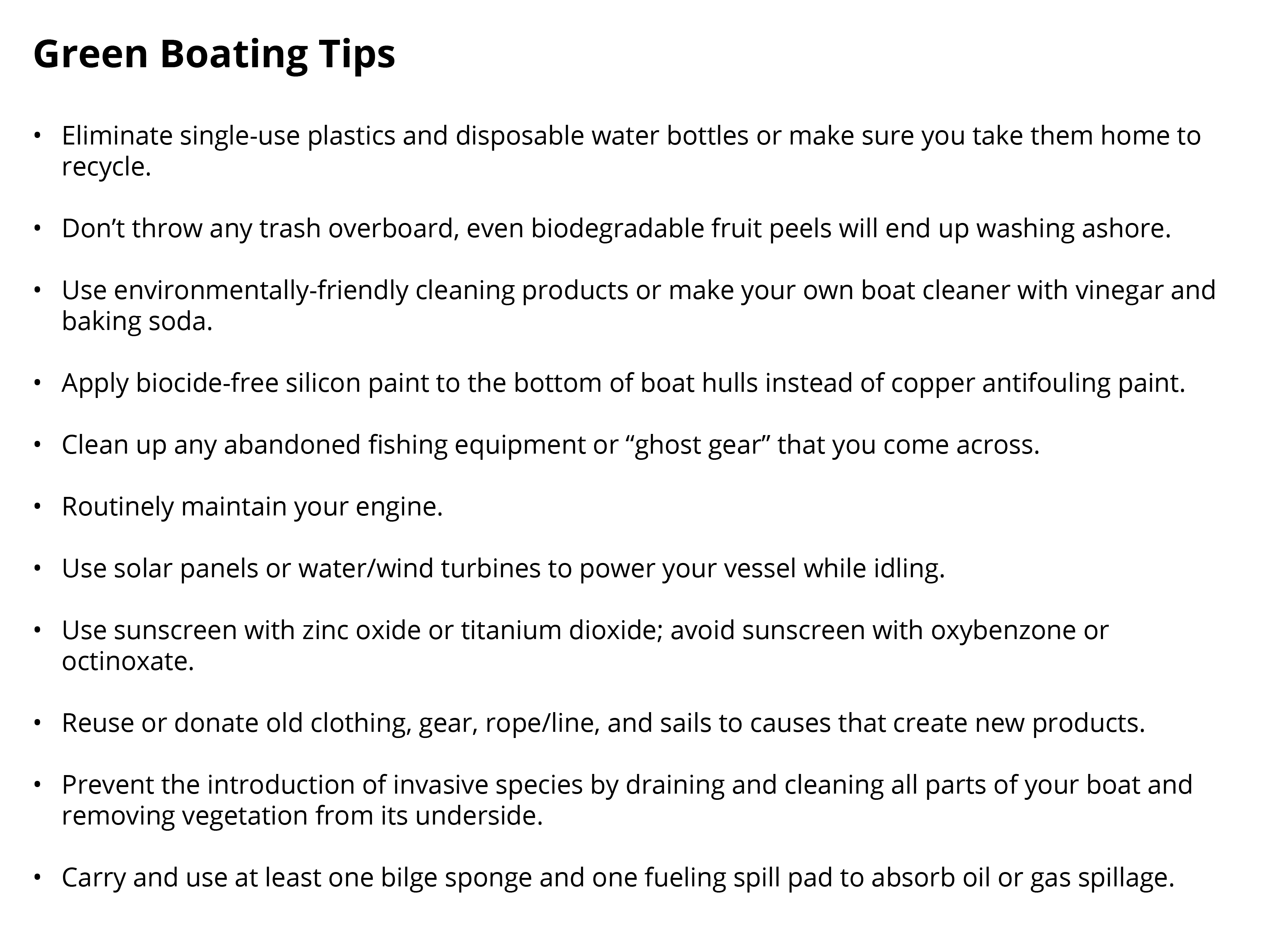Green Boating
No Discharge Zones (NDZ)
Salem Sound Coastwatch worked with the Salem Sound Harbormasters of Beverly, Danvers, Manchester-by-the-Sea, Marblehead, and Salem to become the first North Shore No Discharge Area (NDA) in June 2008.
All of Massachusetts waters are now designated as “no discharge” for vessel sewage. The federal Clean Water Act (Section 312) requires the use of Marine Sanitation Devices on all commercial and recreational vessels that are equipped with installed toilets.
Nutrients in blackwater, or sewage discharge, can cause algal blooms that deprive shellfish and other organisms of oxygen, essential for their survival. Sewage discharge can also contaminate water through the introduction of bacteria and chemicals, making it unsafe to consume seafood or swim in our waters.
IT’S THE LAW: PUMP IT – DON’T DUMP IT – Need to know where and how to get a boat pump-out?
Boats with Type I or Type II Marine Sanitation Devices (MSDs) can no longer discharge treated effluent anywhere within Salem Sound.

Did you know the Danvers and North Rivers contribute the largest volume of freshwater to the Sound?

Fishing Line Disposal
Fishing lines heavily impact both marine an terrestrial life. Marine animals and birds can become entangled or hooked in discarded fishing lines, interfering with their mobility, ability to feed, and harm to their extremities. According to BoatUS Foundation, more than 100,000 marine mammals a year die from ingesting debris or becoming entangled in fishing lines, nets, and other types of derelict fishing gear. As monofilament plastic takes over 600 years to biodegrade, birds, turtles, fish, marine mammals, and crustaceans can suffocate or develop health problems if abandoned fishing line is ingested.
Salem Sound Coastwatch and Sustainable Marblehead teamed up in August 2022 to install monofilament recycling bins at two Marblehead Harbor docks on Village Street and Stramski Park. Fishing line bins are installed at the following locations:
– Public Pier at Beverly Harbor
– Harbormaster’s Office on Harbor Street in Danvers
Fishers are advised to dispose of used fishing line in these bins or to take the line home instead of discarding it on the ground or in the water.
Protecting Eelgrass
Eelgrass is an important natural resource in Salem Sound, as it protects our shoreline, provides food and habitat for marine life, and plays a key role in nutrient recycling. As a boater, the best way to protect eelgrass is to practice green anchoring tips – dropping the anchor in sand/mud or using moorings. You can also prevent propeller scarring in eelgrass beds by tilting your motor up in these areas and avoiding shallow water.

Be an advocate for conservation moorings in your harbor. They are an important tool to reduce eelgrass loss in mooring fields. Conservation moorings have floating cords and screw-in helix anchors to prevent the chain from scouring eelgrass beds, which typically happens with traditional buoy-and-chain moorings. The “halo effect” of circular scarring from traditional moorings is caused by the moorings moving with the wind and tides is greatly reduced with conservation moorings. Conservation moorings work by minimizing the material that scrapes against the seafloor, preserving eelgrass.

